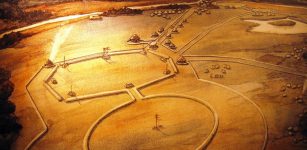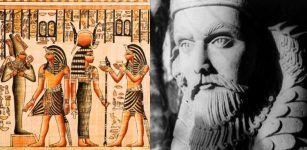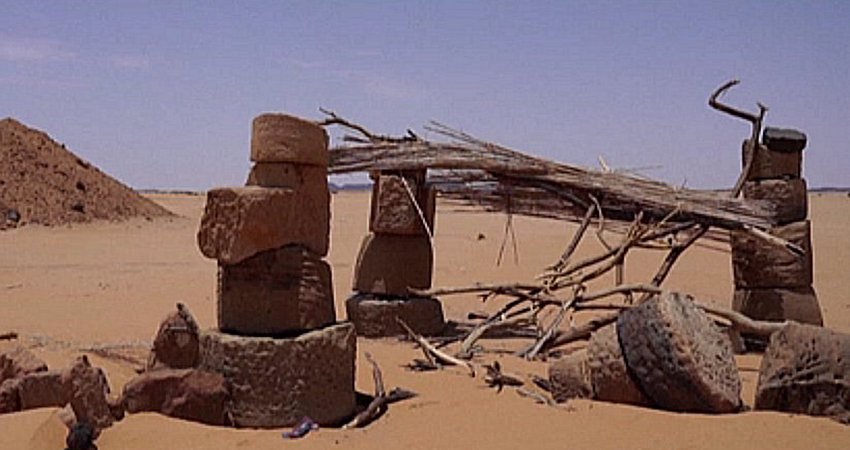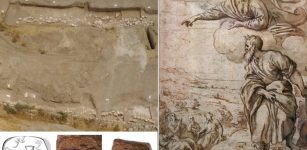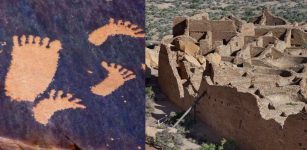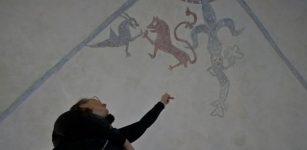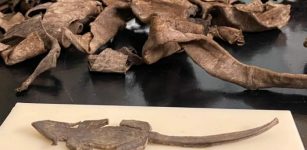Was Jesus The Magician? Is Ancient Artifact With Engraving The World’s First Known Reference To Him?
MessageToEagle.com – A bowl covered with engraving that reads, “DIA CHRSTOU O GOISTAIS,” (interpreted to mean either, “by Christ the magician” or, “the magician by Christ”) is considered by many researchers as the world’s first known reference to Jesus Christ.
The artifact, dated to between the late 2nd century BC and the early 1st century AD was discovered by a team of scientists led by 10renowned French marine archaeologist Franck Goddio, during an excavation of the underwater ruins of Alexandria’s ancient great harbor.
The discovery could also provide evidence that the early Christians and Pagans shared many rituals and practices, and Christianity and paganism at times intertwined in the ancient world.
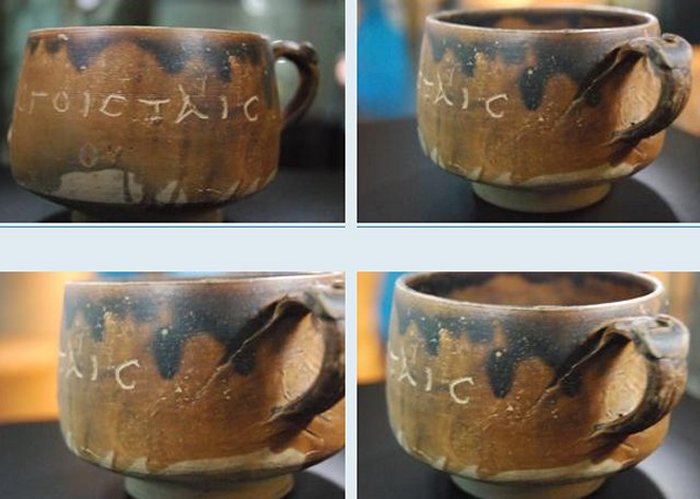
The engraving ‘could very well be a reference to Jesus Christ, in that he was once the primary exponent of white magic.’
Was Jesus Christ the magician? Times of Jesus Christ were imbued with magic and in the Hellenistic period of time, the lands around the Mediterranean have mixed different religions, traditions, philosophies and superstitions.
The Egyptians, Greeks, Romans and Jews were convinced that it is possible to possess the power of the gods, demons and spirits, and use it for their own purposes.
The important thing was his power to do miracles, writes Morton Smith in Jesus, the Magician and adds that ‘even the stories that seem to deny Jesus’ power to do miracles take for granted his reputation as a miracle worker…’
The ‘Book of Matthew’ refers to “wisemen,” or Magi, believed to have been prevalent in the ancient world.
Egyptologist David Fabre, a member of the European Institute of Submarine Archaeology says the bowl is also very similar to one depicted in two early Egyptian earthenware statuettes depicting soothsaying ritual and at the same time.
“It has been known in Mesopotamia probably since the 3rd millennium B.C.,” Fabre said. “The soothsayer interprets the forms taken by the oil poured into a cup of water in an interpretation guided by manuals.”
The “magus” could have practiced fortune telling rituals using the bowl with to legitimize his supernatural powers by invoking the name of Christ, according to Goddio and Fabre.
“It is very probable that in Alexandria they were aware of the existence of Jesus” and of his associated legendary miracles, such as transforming water into wine, multiplying loaves of bread, conducting miraculous health cures, and the story of the resurrection itself,’ according to Goddio.
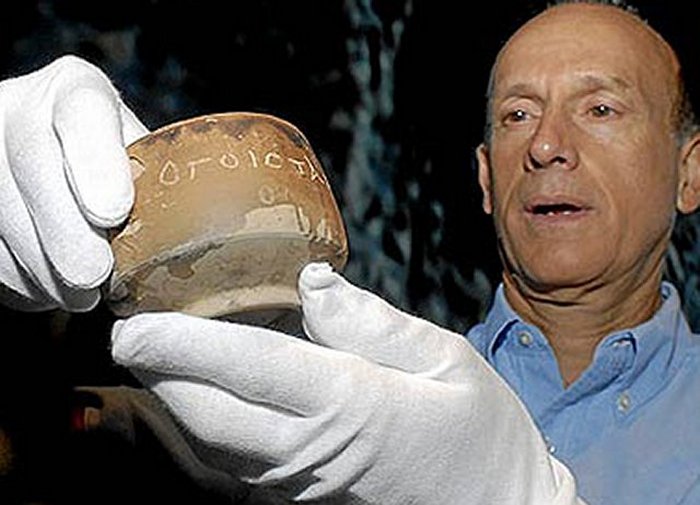
The Bible reports that Jesus was accused of practizing magic, and the second century Roman philosopher Celus is quoted in the writings of the early Christian apologist Origen as saying that Jesus learned the arts of magic on Egypt, and then returned to his own country with these acquired skills.
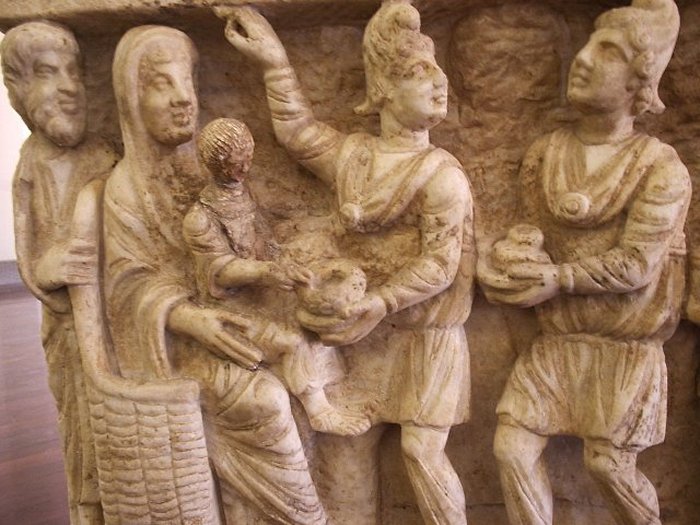
There are also other pieces of evidence linking Jesus Christ to a magus, such as the Vatican-held Roman sarcophagus stone plate carvings depicting a series of miracles performed by the magician.
There are also shards found during a salvage dig in modern-day Cana, between Nazareth and Capernaum. The jar pieces date to the Roman period, when Jesus traveled in Galilee and the Gospel says Jesus used them when he turned water into wine at a Jewish wedding in the Galilee village of Cana.
The miracles of Jesus are mentioned in Christian and Islamic texts. Is the engraving on the bowl a clear reference to Jesus Christ? Was Jesus Christ the magician? Most probably, we will never know the truth.
MessageToEagle.com
source:


